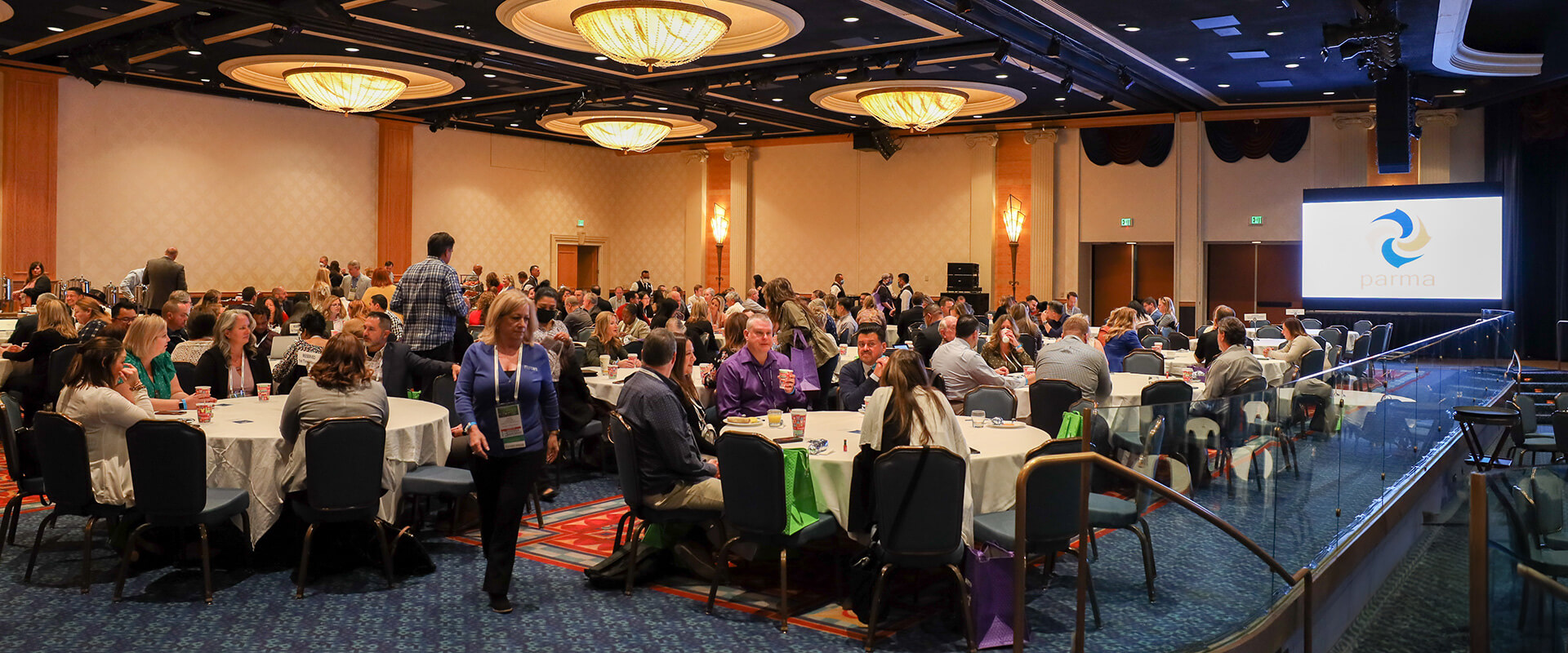When it comes to getting help navigating a natural disaster, there's so much technology available, the options are almost overwhelming. What works?
RACHEL MARTIN, HOST:
So it used to be that when a storm hit, the only way to evacuate was to hop in a car with a map and hope for the best. Now, though, there is so much technology, it's almost overwhelming. NPR's Jasmine Garsd has been looking into which options actually work.
JASMINE GARSD, BYLINE: It was Twitter that showed a woman named Emily Streets (ph) the way - literally. She was in Los Angeles last year, and one of the worst wildfires in California's history was raging. She opened Waze, a navigation app owned by Google, to figure out how to get to work. Waze instructed her that the fastest route was the 405. The problem is, it only looked fast. The 405 was actually closed.
EMILY STREETS: The 405 goes through, like, a hilly area and with a lot of brush and bushes, and it was all on fire.
GARSD: Streets is one of several Californians who had this problem. And like a good millennial, she took to Twitter to find out what was going on. Following instructions on Twitter, she was finally able to get to work. Oddly enough, last week, Streets found herself in a somewhat similar conundrum. She was working in South Carolina as Hurricane Florence approached. Streets hopped into her colleague's car. He pulled up Waze, and Streets warned him.











